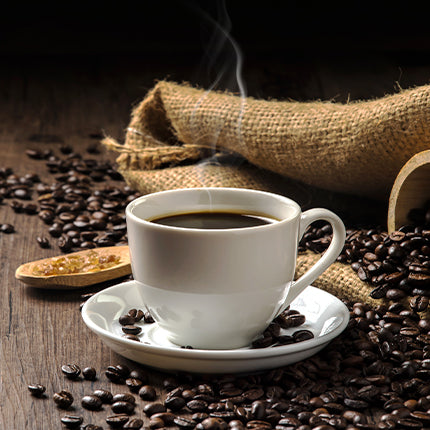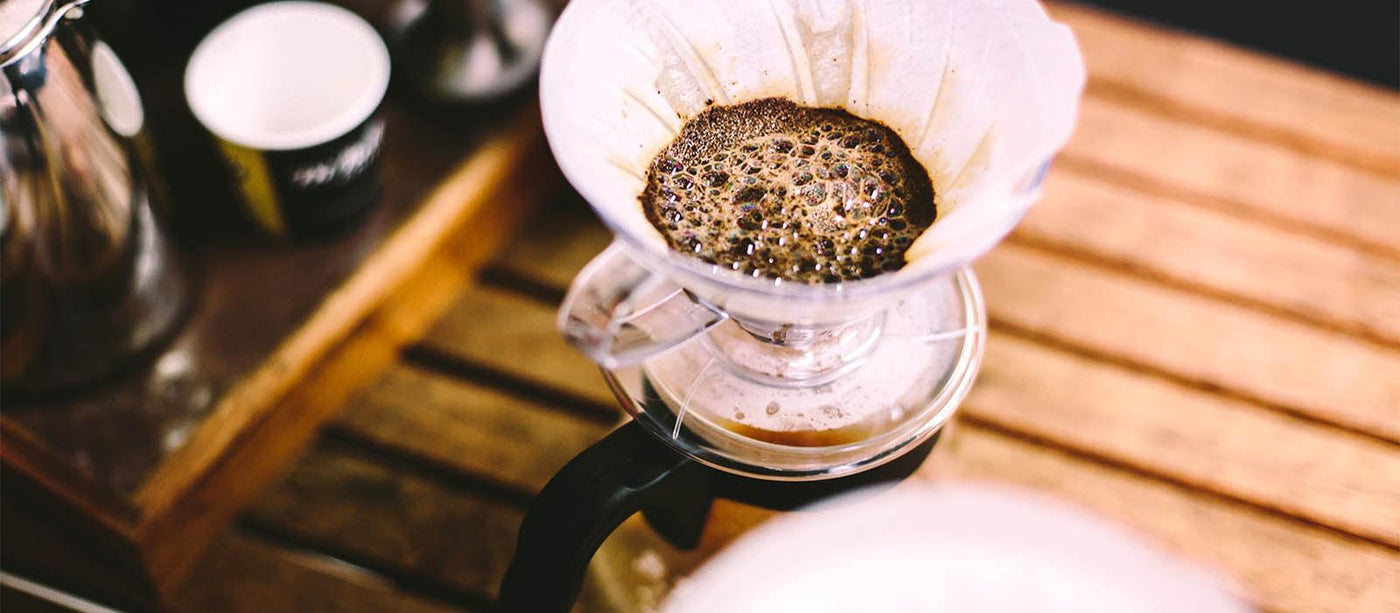The Science Behind Coffee Brewing: How Temperature and Time Affect Your Beverage
Understanding the science behind coffee brewing reveals that temperature and time are not plain variables but pivotal components that determine the beverage's taste profile and total quality. The optimum developing temperature level typically drops in between 195 ° F and 205 ° F, while the duration of removal varies dramatically throughout different methods. This interaction of elements can lead to a cup that is either unsatisfactory or wonderful. As we check out the subtleties of these components, the inquiry develops: just how can one efficiently equilibrium temperature and time to achieve that best brew?
The Chemistry of Coffee Removal
The chemistry of coffee extraction looks into the complex procedures that transform raw coffee beans right into the aromatic beverage enjoyed worldwide. This transformation mostly involves the solubility of numerous substances present in the beans, which are affected by elements such as grind size, water top quality, and the developing approach utilized.
During the developing procedure, warm water serves as a solvent, removing soluble compounds, consisting of high levels of caffeine, acids, sugars, and lipids, from the coffee premises. Each substance adds to the taste profile, scent, and body of the final drink. For example, acids are accountable for intense and appetizing notes, while oils add to an abundant mouthfeel.
The first phases of developing extract acids and sugars, leading to a pleasurable level of acidity, while extended removal can lead to bitterness due to over-extraction of unwanted substances. Understanding these chemical communications is essential for optimizing brewing techniques, as the balance between extraction time and water temperature level can significantly affect the total quality of the coffee.
Perfect Developing Temperatures
Finding the appropriate developing temperature is necessary for unlocking the full possibility of coffee flavors and aromas - coffee brewing methods. Study indicates that the ideal variety for brewing coffee exists in between 195 ° F to 205 ° F(90 ° C to 96 ° C) Within this range, the removal process properly liquifies the preferable soluble compounds in coffee beans, resulting in a well balanced and tasty cup
Developing at lower temperatures, such as listed below 195 ° F(90 ° C ), may result in under-extraction, yielding an acidic and weak brew with soft tastes. On the other hand, brewing at temperatures going beyond 205 ° F(96 ° C) can cause over-extraction, generating a bitter and harsh taste because of the extreme dissolution of undesirable substances, such as tannins.
Moreover, the optimal brewing temperature can differ depending on the coffee bean type and roast level. As an example, lighter roasts often take advantage of a little greater temperature levels to improve their complex flavor profiles, while darker roasts might be much better matched to lower temperatures to minimize anger.
Inevitably, maintaining precision in developing temperature levels is critical for attaining a harmonious balance of flavors, guaranteeing that every mug of coffee delivers an enjoyable sensory experience.
Effect of Brewing Time
Brewing time plays a pivotal function in establishing the flavor profile and overall top quality of coffee. The removal procedure, which affects the preference, fragrance, and body of the drink, is mainly based on for how long the coffee premises are in contact with water. Much shorter developing times can cause under-extraction, bring about a sour or weak flavor, as not nearly enough soluble compounds are liquified. Alternatively, long term brewing can cause over-extraction, where unwanted substances are released, resulting in an astringent or bitter taste.
Optimal developing time varies depending on the method utilized and the grind size of the coffee. As an example, a French press generally needs regarding four mins, while coffee removal is normally completed within 25 to 30 seconds. It is important to calibrate developing time in conjunction with various other variables, such as water temperature level and coffee-to-water ratio, to attain the wanted taste account.
Understanding the impact of brewing time makes it possible for coffee fanatics to improve their developing techniques, inevitably boosting the sensory experience of their mug (coffee brewing methods). With mindful focus to this variable, one can open the complete potential of the coffee, revealing its one-of-a-kind attributes and nuances
Developing Methods and Their Results

For instance, techniques like French press and chilly brew enable a much longer steeping time, leading to a fuller body and robust taste as a result of boosted removal of oils and soluble solids. On the other hand, coffee brewing utilizes high stress and a much shorter extraction time, generating a concentrated shot that emphasizes intense tastes and a rich crema.
Pour-over techniques, such as Chemex or V60, offer a more controlled removal process, enabling the maker to manipulate flow price and water distribution, which can boost illumination and quality. Percolation techniques cycle water with the coffee grounds several times, leading to a more powerful, commonly bitter taste.
Finally, the usage of paper filters versus metal filters can additionally impact the last preference; paper filters normally generate a cleaner mug by capturing oils and great fragments, while metal filters permit more oils to go through, adding to a fuller mouthfeel - coffee brewing methods. Comprehending these subtleties can boost the coffee experience considerably
Tips for Developing Your Brew
A well-executed brew can change even the most basic coffee right into a remarkable experience. To accomplish this, focus to detail is important. Start with high-quality, fresh baked beans, as their flavor profile decreases in time. Grind the beans simply before brewing to make the most of freshness, ensuring the grind size matches your brewing method-- coarser for French press and finer for coffee.
Water high quality plays a vital duty; usage filtered water devoid of pollutants. The suitable developing temperature ranges between 195 ° F and 205 ° F(90 ° C to 96 ° C ) Also warm can blister the coffee, while also cool might under-extract tastes.
Timing is equally crucial. For immersion techniques, soaking for three to 5 mins is optimum, whereas drip methods normally take around 5 minutes. Experiment with mixture times to find your preferred toughness.

Conclusion
In summary, the detailed connection in between read review temperature and time is critical in the coffee developing procedure. Understanding these clinical principles empowers individuals to improve their developing techniques, eventually leading to a more pleasurable and balanced coffee experience.
Comprehending the science behind coffee brewing exposes that temperature level and time are not plain variables however essential elements that determine the beverage's flavor account and total quality. Recognizing these chemical communications is important for optimizing developing strategies, as the equilibrium in between removal time and water temperature can dramatically influence the total quality of the coffee.Brewing time plays a critical function in establishing her comment is here the taste profile and general top quality of coffee. By focusing on these elements-- bean high quality, grind size, water temperature, soaking time, and ratio-- you can elevate your coffee developing procedure, resulting in a consistently exceptional mug.
In recap, the intricate relationship between temperature and time is vital in the coffee brewing process.